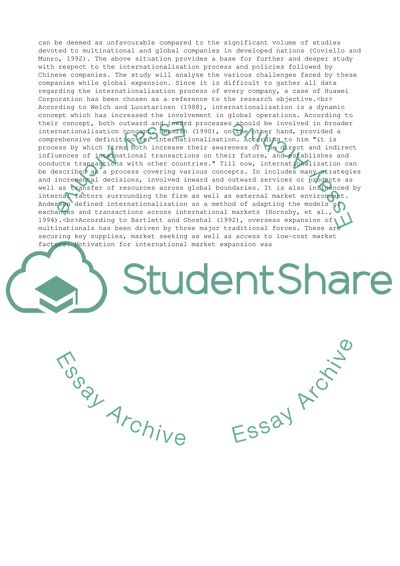Cite this document
(The challenges of national brand transfer to international brand:the Essay, n.d.)
The challenges of national brand transfer to international brand:the Essay. https://studentshare.org/business/1815595-the-challenges-of-national-brand-transfer-to-international-brandthe-case-of-huawei-technologies-corporation
The challenges of national brand transfer to international brand:the Essay. https://studentshare.org/business/1815595-the-challenges-of-national-brand-transfer-to-international-brandthe-case-of-huawei-technologies-corporation
(The Challenges of National Brand Transfer to International brand:The Essay)
The Challenges of National Brand Transfer to International brand:The Essay. https://studentshare.org/business/1815595-the-challenges-of-national-brand-transfer-to-international-brandthe-case-of-huawei-technologies-corporation.
The Challenges of National Brand Transfer to International brand:The Essay. https://studentshare.org/business/1815595-the-challenges-of-national-brand-transfer-to-international-brandthe-case-of-huawei-technologies-corporation.
“The Challenges of National Brand Transfer to International brand:The Essay”. https://studentshare.org/business/1815595-the-challenges-of-national-brand-transfer-to-international-brandthe-case-of-huawei-technologies-corporation.


